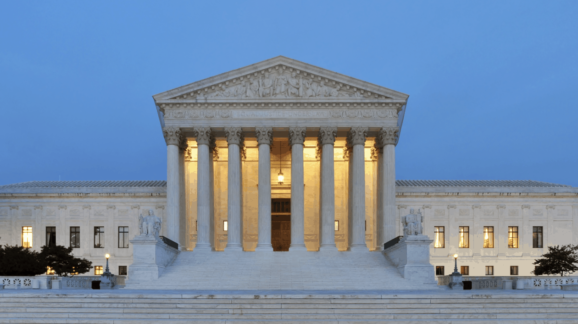SCOTUS overrules Chevron Doctrine

The Supreme Court has spoken. “Chevron is overruled.” The 40-year-old Chevron decision had increased the level of judicial deference accorded to federal agencies to interpret statutes and make regulations leading to a massive expansion of the administrative state.
In Loper Bright Enterprises v. Raimondo and Relentless Enterprises, Inc. v. Department of Commerce, the Court held that the Administrative Procedure Act (APA) section 706 requires courts to exercise their independent judgment in deciding whether an agency has acted within its statutory authority. Courts may not defer to any “reasonable” agency interpretation of the law –as Chevron had held—simply because a statute is ambiguous. The Court found that this was consistent with our constitutional history and structure that assigns the interpretation of the laws to the judicial branch, not to executive branch agencies.
The decision’s impact will be enormous, especially in health care. Federal agencies spend and regulate trillions of health dollars annually. The Centers for Medicare & Medicaid Services, for example, runs public insurance programs that cover over a third of people insured in the US. The Food and Drug Administration regulates more than 20,000 drugs, 6,500 medical devices, and 100,000 tobacco products. The Department of Veterans Affairs runs the Veterans Health Administration, the nation’s largest integrated health care system, which operates 1,321 facilities and serves more than 9 million veterans.
Previously, agencies could rely on courts to interpret any statutory ambiguity in line with their “permissible” interpretation, regardless of whether the court thought it was the correct interpretation. Going forward they will have to present convincing evidence to courts of why their statutory interpretation, rather than the interpretation advanced by the private regulated entity, is the right one. As the Supreme Court held, a statute, ambiguous or not, “still has a best meaning, necessarily discernible by a court deploying its full interpretive toolkit.” Private litigants will have a much-improved chance of prevailing over government bureaucrats.
Several outcomes are likely. First, agencies will be less aggressive in advancing dubious statutory interpretations in their regulations. This could improve regulations by making them more faithful to congressional intent.
Second, as I wrote in a recent paper on Good Guidance Practices, agencies may become more likely to rely on issuing guidance rather than regulations through notice-and-comment rulemaking in an effort to evade the now less deferential pre-enforcement judicial review. Courts under the APA cannot review a challenge to agency guidance until there has been a “final agency action”—a lengthy and uncertain process that most stakeholders are loath to undertake. This could be a step backwards unless and until Good Guidance practices are re-instituted for all federal agencies.
Third, Congress may become more precise and explicit in its lawmaking and delegations to agencies. This, along with increased judicial willingness to interpret statutes and set their meanings so that they do not change from one administration’s “reasonable” regulations to another administration’s “reasonable” regulations, should increase regulatory certainty.
Reversing Chevron has been a long time coming. Regulatory priorities, even in more technical fields like health care, should be set by Congress, not bureaucrats. Moreover, both our Constitution and laws make clear that courts, not agencies, should be the final interpreters of statutes.